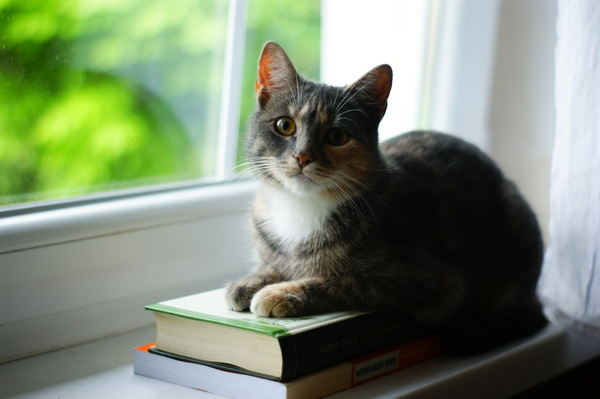Comprehending Clay Cat Litter Dust and Breathing Health
Comprehending Clay Cat Litter Dust and Breathing Health
Blog Article

Cat litter and litter boxes play an essential role in the lives of both felines and their owners. From the humble beginnings of sand and soil to the innovative improvements these days, the world of cat litter has developed considerably. In this thorough guide, we look into every aspect of cat litter and litter boxes, exploring their history, types, benefits, challenges, and everything in between.
The history of cat litter dates back centuries, with ancient civilizations using sand, soil, and even ashes as primitive litter materials. However, it wasn't up until the mid-20th century that contemporary cat litter as we understand it emerged. In 1947, Edward copyright presented the world's very first industrial cat litter made from absorbent clay, changing the method felines relieved themselves inside. Given that then, cat litter has actually gone through many improvements, with the intro of clumping litter, silica gel litter, eco-friendly alternatives, and more.
Today, feline owners are ruined for choice when it concerns choosing the right litter for their feline companions. Traditional clay litter stays popular for its price and efficiency in soaking up smells. Clumping litter, which forms solid clumps when wet, simplifies cleaning and upkeep. Silica gel litter, made up of highly absorbent silica crystals, offers superior odor control and durability. Eco-friendly choices, such as recycled paper, wood pellets, corn, and wheat, attract environmentally conscious customers.
Each kind of cat litter provides unique advantages. Clay litter stands out in its capability to take in moisture and control smells, making it a trusted option for numerous cat owners. Clumping litter streamlines day-to-day scooping and extends the time between complete litter modifications. Silica gel litter offers exceptional smell control and can last longer in between replacements. Naturally degradable litters offer a sustainable option that lessens environmental effect.
While cat litter improves indoor feline hygiene, it is Robot Litter Boxes not without its obstacles. Dust from clay litter can present respiratory threats for both felines and humans, triggering the popularity of dust-free alternatives. Some felines may establish litter box aversion due to issues with texture, fragrance, or cleanliness, demanding experimentation with different litters and box setups. Multi-cat homes may need strategic litter box positioning cat litter robot and frequent upkeep to prevent territorial disagreements and guarantee all cats have access to tidy facilities.
Choosing the appropriate litter box is vital for promoting cat litter robot positive litter box routines and total feline wellness. Elements to think about include size, availability, and design choices. Covered litter boxes provide personal privacy and help include smells, but some felines may discover them restricting or daunting. Open-top litter boxes use easy gain access to and visibility however might result in more litter scatter. Automatic self-cleaning litter boxes enhance maintenance but need regular monitoring and maintenance.
Proper litter box maintenance is vital for ensuring a tidy and welcoming environment for both cats and their owners. Daily scooping eliminates waste promptly, lessening smell and discouraging litter box hostility. Routine litter replacement, typically every 1-2 weeks, prevents bacterial accumulation and maintains ideal absorbency. Extensive cleansing with mild detergent and water, preventing extreme chemicals that may discourage felines from utilizing the box, ought to be carried out monthly.
Cat litter and litter boxes play a main function in fostering a healthy and harmonious relationship in between felines and their human buddies. With a diverse range of litter choices and litter box styles readily available, cat owners have the flexibility to tailor their options to match their felines' preferences and household needs. By understanding the development, types, advantages, and obstacles of cat litter and litter boxes, pet owners can provide their feline buddies with a comfy and sanitary indoor environment.